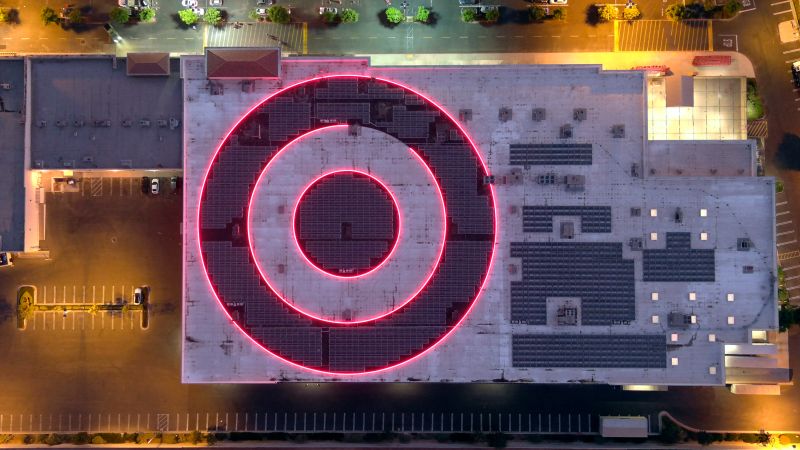Almost 48 hours after entering Gaza’s largest medical complex, the Israeli military escorted New York Times journalists through a landscape of wartime destruction Thursday night to a stone-and-concrete shaft on its grounds with a staircase descending into the earth — evidence, it said, of a Hamas military facility under the hospital.
But Col. Elad Tsury, commander of Israel’s Seventh Brigade, said Israeli forces, fearing booby traps, had not ventured down the shaft at the hospital, Al-Shifa. He said it had been discovered earlier in the day under a pile of sand on the northern perimeter of the complex.
In the darkness, it was unclear where the shaft led or how deep it went, though the military said it had sent a drone down at least several meters. Electrical wiring was visible inside, along with a metal staircase.
The controlled visit will not settle the question of whether Hamas, the armed Palestinian group that rules Gaza, has been using Al-Shifa Hospital to hide weapons and command centers, as Israel has said.
The claim is central to Israel’s defense of the death toll caused by its military campaign in Gaza, which has killed more than 11,000 people, according to Gazan health officials. Israeli officials say that the extreme loss of life has been caused in part by Hamas’s decision to hide its military fortifications and command centers inside civilian infrastructure like Al-Shifa.
Hamas denies the accusation and says Israel is committing war crimes by targeting civilian facilities such as hospitals.
The Israeli military has said that Hamas used a vast maze of tunnels underneath the hospital as a secret base, but since announcing early Wednesday that its troops had entered the grounds, the military has yet to present public documentation of such an extensive network. As the international community increasingly demands protections for civilians in Gaza, Israel is under pressure to demonstrate that the hospital — and the tunnel network it said it concealed — were important enough military targets to justify the immense cost in Palestinian lives.
In order to enter Gaza, two reporters and a photographer for The New York Times were obliged to remain with Israeli troops for the duration of the visit. They agreed not to photograph most soldiers’ faces, landmarks, maps and certain details of weapons. The Times did not allow the Israeli military to screen its coverage before publication.
The Times journalists were allowed to see only a portion of the sprawling Al-Shifa complex. The military refused to let the journalists explore the hospital, or see or interview patients and medical staff who remain in the facility, saying it had not been fully secured and that Hamas combatants might still be there.
Before Israel’s raid on Al-Shifa, the World Health Organization said that it had ceased to be a functional hospital. Officials described desperate conditions: Food, medicine and anesthetics had all but run out, and generators and lifesaving equipment had been shut down because of a lack of fuel. Some three dozen premature babies were at particular risk, they said.
Colonel Tsury said the military had provided food, supplies and medical equipment to patients and doctors, an assertion that could not be immediately verified.
The extent of the damage to the hospital was not entirely clear. But its main emergency building appeared intact, with electricity, after a dayslong siege that health officials say had resulted in increasingly dire conditions.
Gunfire rattled nearby throughout The Times’s visit, giving the impression of ongoing gun battles in nearby streets. To enter the hospital grounds, special forces officers escorted journalists through the bombed-out remains of a building on the outskirts of the site; they said it was too dangerous to pass through the main gate.
Away from the hospital, the scale of the destruction had rendered parts of Gaza unrecognizable. Sections of the city’s seafront promenade had been razed to the ground, apartment blocks had been hollowed out by shelling and others flattened by airstrikes. Constant tank traffic had also churned the main coastal road into a bumpy dirt track.



